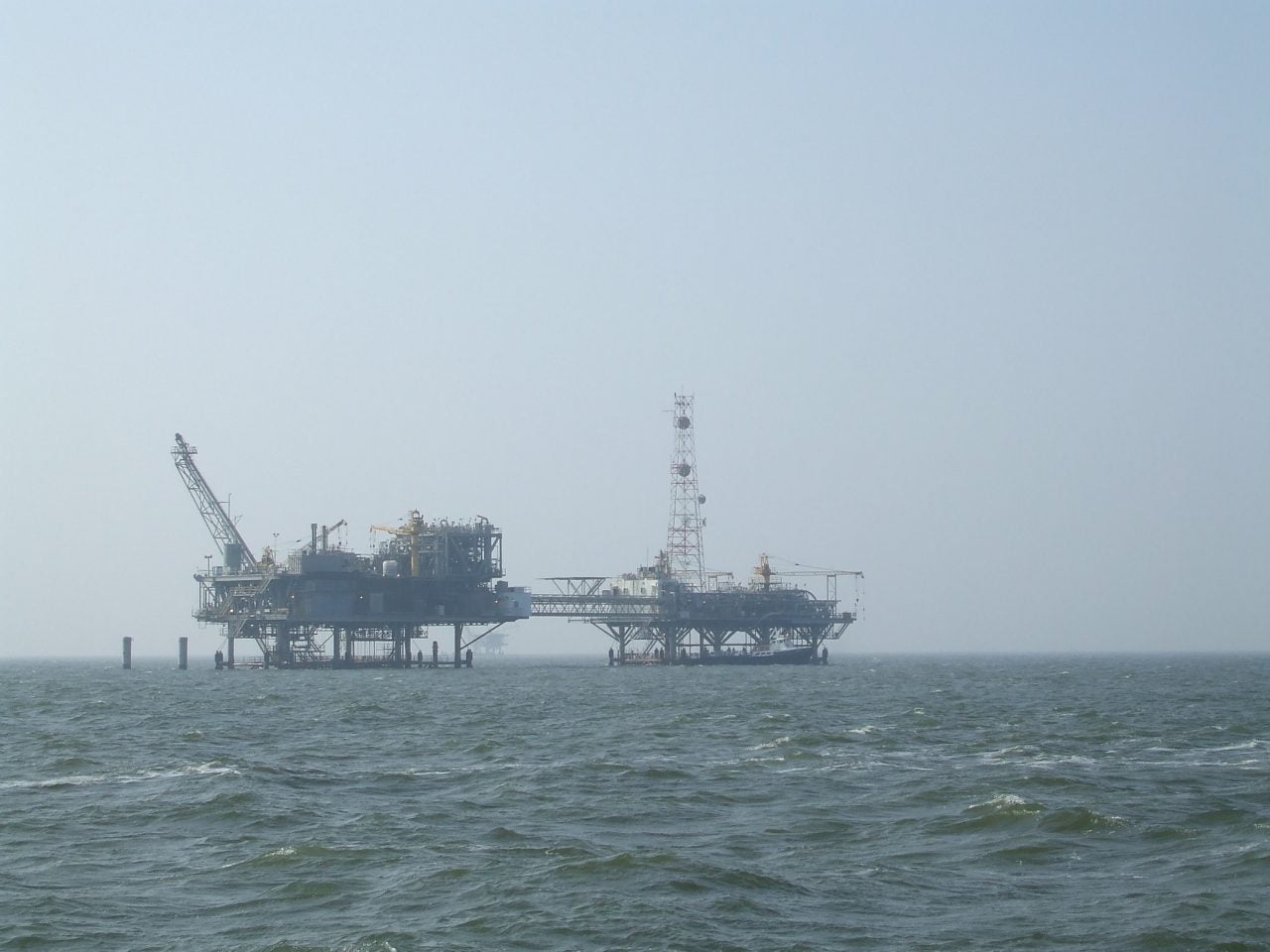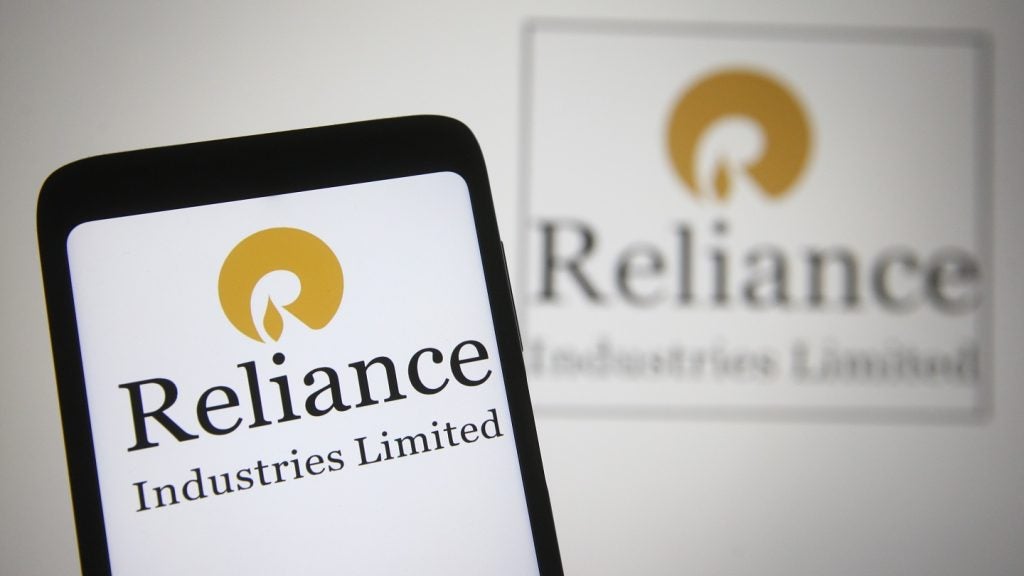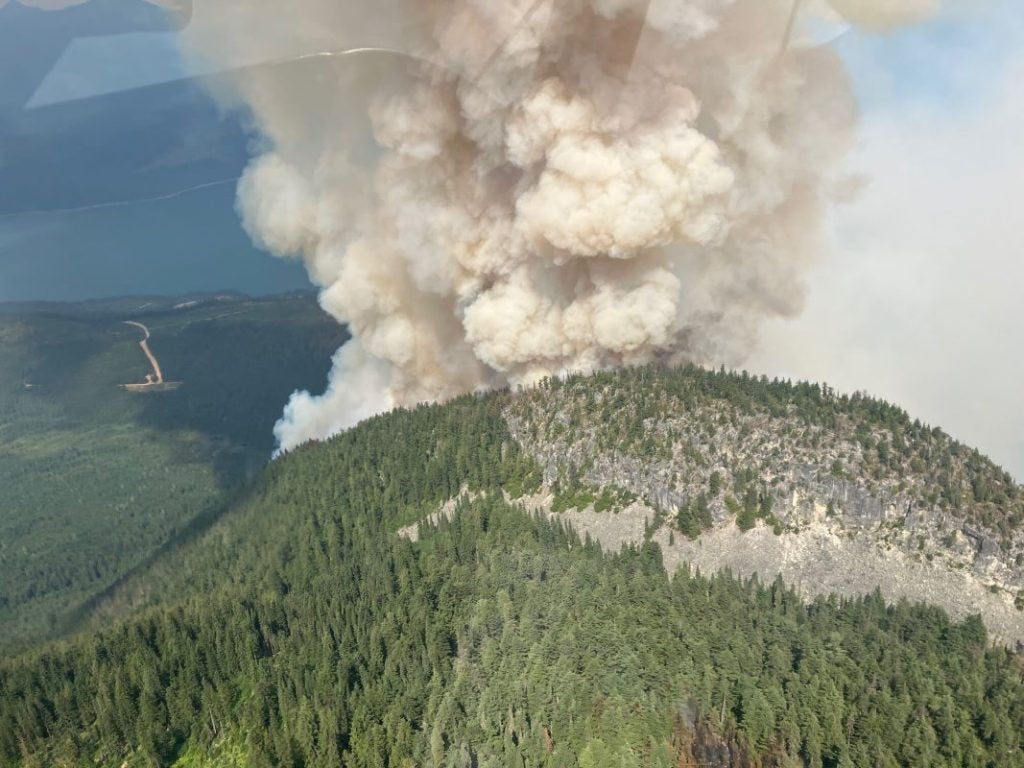
The US Bureau of Ocean Energy Management (BOEM) and the Bureau of Safety and Environmental Enforcement (BSEE) have formed a strategic collaboration to advance new research.
The research is aimed at exploring ways to increase oil and gas production from deepwater infrastructure already in place in the Gulf of Mexico.
BSEE director Scott Angelle said: “President Trump recognises smart policy requires us to look for adjustments that need to be made today to facilitate US offshore competitiveness, or we will experience problems tomorrow.
“This research will help ensure our Nation continues to achieve top oil and gas production by reducing stranded assets. A cursory review of the preliminary data suggests the time is right to usher in updated policies to ensure we are efficiently developing our natural resources and value for the American people.”
According to the agencies, the research will examine specific economic parameters used by BOEM and BSEE for new technologies such as ‘extended-reach’ subsea tiebacks.
If implemented, these technologies could minimise ‘stranded’ hydrocarbon resources.
How well do you really know your competitors?
Access the most comprehensive Company Profiles on the market, powered by GlobalData. Save hours of research. Gain competitive edge.

Thank you!
Your download email will arrive shortly
Not ready to buy yet? Download a free sample
We are confident about the unique quality of our Company Profiles. However, we want you to make the most beneficial decision for your business, so we offer a free sample that you can download by submitting the below form
By GlobalDataBOEM acting director Walter Cruickshank said: “BSEE has provided some important initial data, and our team will consider the economic parameters used to examine these extended-reach subsea tieback projects given the capacity that exists in the region.
“Based on that analysis, BSEE could then have more tools to minimise stranded resources.”
Deepwater production, with water depths ranging more than 656ft, accounts for nearly 92% of the total Gulf of Mexico offshore oil production, and 14% of all US domestic oil production.
Last year, facilities in deepwater Gulf of Mexico averaged 1.7 million barrels per day (Mbpd) of oil.
In July, BOEM unveiled plans to offer around 78.8 million acres for a region-wide lease sale that would feature unleased areas available in federal waters of the Gulf of Mexico.
In March 2018, BSEE rolled out a risk-based inspection programme to address concerns regarding offshore facilities and operations that pose a heightened risk.







